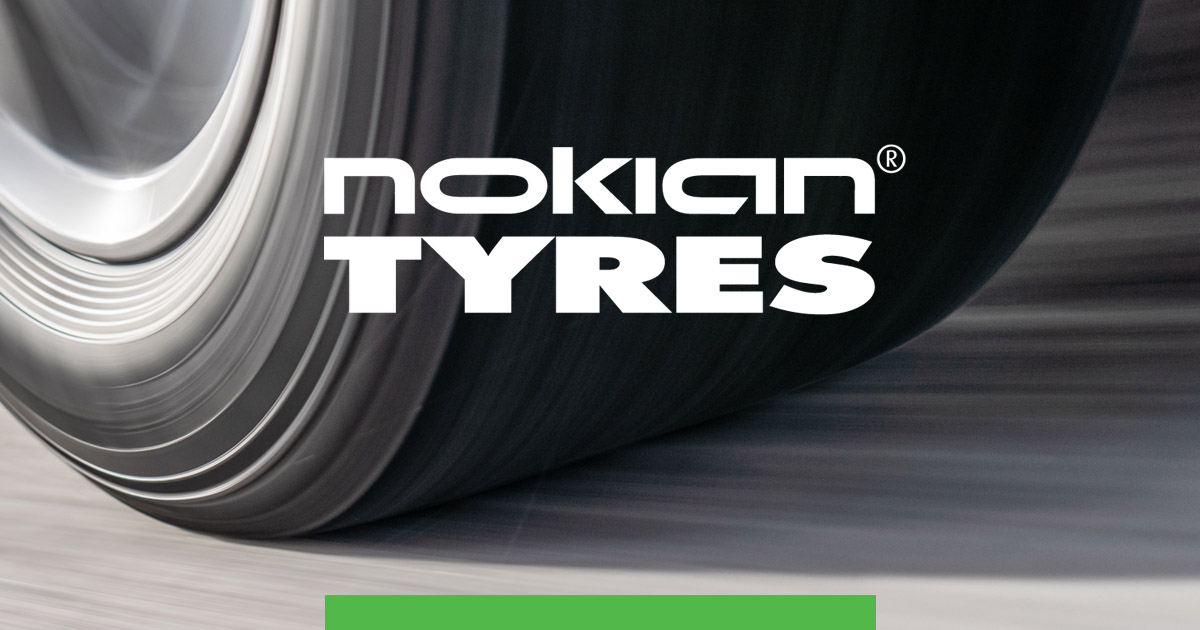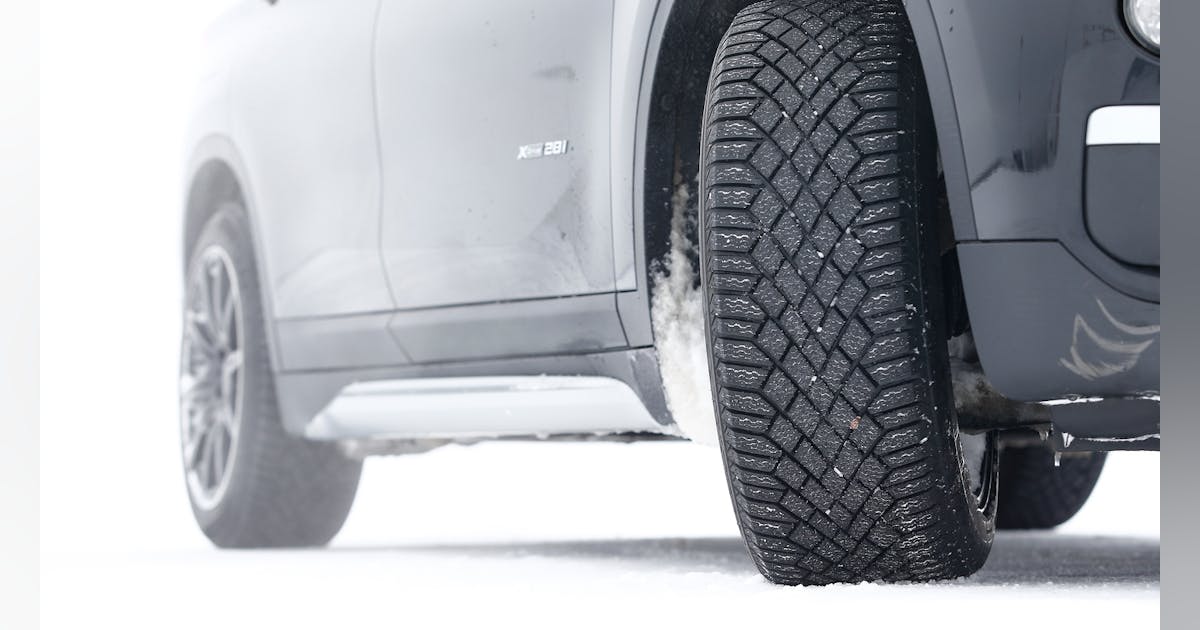It is my understanding that tires with good ice grip don't have good wet traction - and that may be a problem for some winter tire markets. Look at the following:
*****************
The focus of the development was on safe driving characteristics in the harsh Nordic winters, increased comfort and lower rolling resistance, which is important for the growing number of electric cars in the Nordic markets.
.....and a value of D for wet braking distances.........
The above quotes are from:
https://www.continental.com/en/press/press-releases/20240216-vikingcontact-8-technology/
******************
The new ice grip marking will distinguish tires that are suitable for Nordic countries from other winter tires.
Quoted from:
New EU label simplifies winter tire choice for consumers: The EU tire label is being renewed – focus on promoting winter safety and eco-friendliness / Nokian Tyres
***************
– In practice, wet grip is the opposite of ice grip: developing one usually reduces the other. Tires designed for Central Europe emphasize the characteristics required on bare roads, whereas the ice grip symbol indicates that the tire genuinely works and remains safe in the challenging Nordic winter conditions. We do not recommend using tires designed for Central Europe under conditions that they are not intended for, says Technical Customer Service Manager
Matti Morrifrom Nokian Tyres.
Quoted from:
New EU tire labels that make comparing tires easier will be introduced in May | Markets Insider (businessinsider.com)
*************************
The existing 3PMSF ‘snowflake’ symbol indicates that a tyre is suitable for both Central Europe and Nordic countries, but Test World says that, in reality, the technical demands of these two markets are very different. Nordic winter conditions are typically far harsher than in Central Europe, with more snow and ice on the roads.
Jukka Antila, Technical Director at Test World, said: “The European Ice Grip symbol has been a long time coming for the tyre sector. Until this year, there has been no official way for manufacturers to identify tyres that are suitable for the snowier and icier conditions of the Nordic winter.
Quoted from:
Test World gearing up for introduction of European Ice Grip Label - Tyrepress
**********************
That's why I said that these tires may not show up in North America and continental Europe. It's always possible tire manufacturers will overcome the tradeoff issues of the Ice Grip (Nordic) symbol. Time, of course, will tell!


